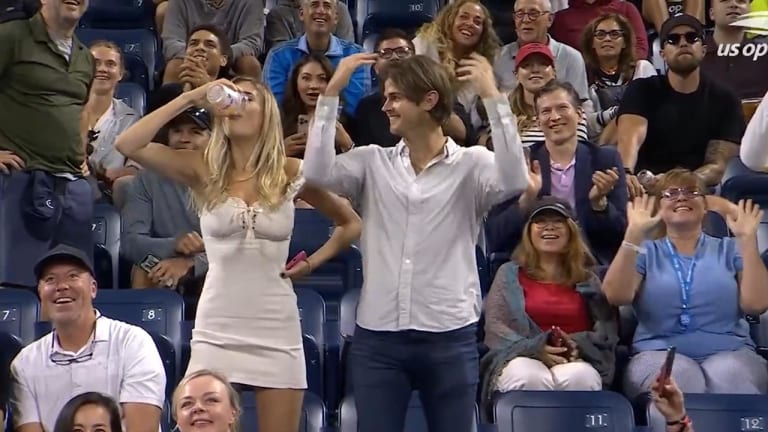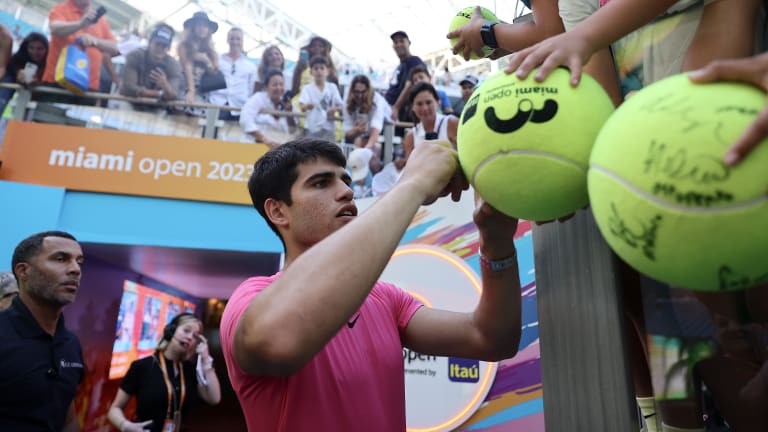Miami, USA
Sport Court: Should tennis answer Frances Tiafoe’s call for a more open match experience?
By Mar 27, 2023Miami, USA
In beating idol Novak Djokovic, Jakub Mensik came of age in Miami
By Mar 31, 2025Miami, USA
Can Jessica Pegula step out of comfort zone on clay?
By Mar 31, 2025Miami, USA
Jakub Mensik, Miami champion, was going to pull out of the tournament an hour before his first match
Mar 31, 2025Miami, USA
Teenager Jakub Mensik denies Novak Djokovic 100th title in Miami Open upset
By Mar 31, 2025Miami, USA
Aryna Sabalenka takes aim at Iga Swiatek's dominance of the European clay season
By Mar 31, 2025Miami, USA
Novak Djokovic vs. Jakub Mensik: Where to watch, and who will win, their Miami Open final
By Mar 30, 2025Miami, USA
Roger Goodell watches on as Aryna Sabalenka defeats Jessica Pegula in Miami final
By Mar 29, 2025Miami, USA
Aryna Sabalenka masters Jessica Pegula again to win Miami Open
By Mar 29, 2025Miami, USA
19-year-old Jakub Mensik to face Novak Djokovic in Miami Open final
By Mar 29, 2025Miami, USA
Sport Court: Should tennis answer Frances Tiafoe’s call for a more open match experience?
The charismatic American wants freedom of movement for fans and a rowdier on-court experience; are his reforms what the sport needs to attract new fans?
Published Mar 27, 2023
Advertising
Advertising

“Let young people drink beers while we play tennis!" said Tommy Paul. Megan Lucky, the US Open's famous 'beer girl' certainly agrees.
© US Open/Twitter
Advertising

Tiafoe's suggestions would bring fans even closer to the game, and let players hear them louder than ever.
© Getty Images